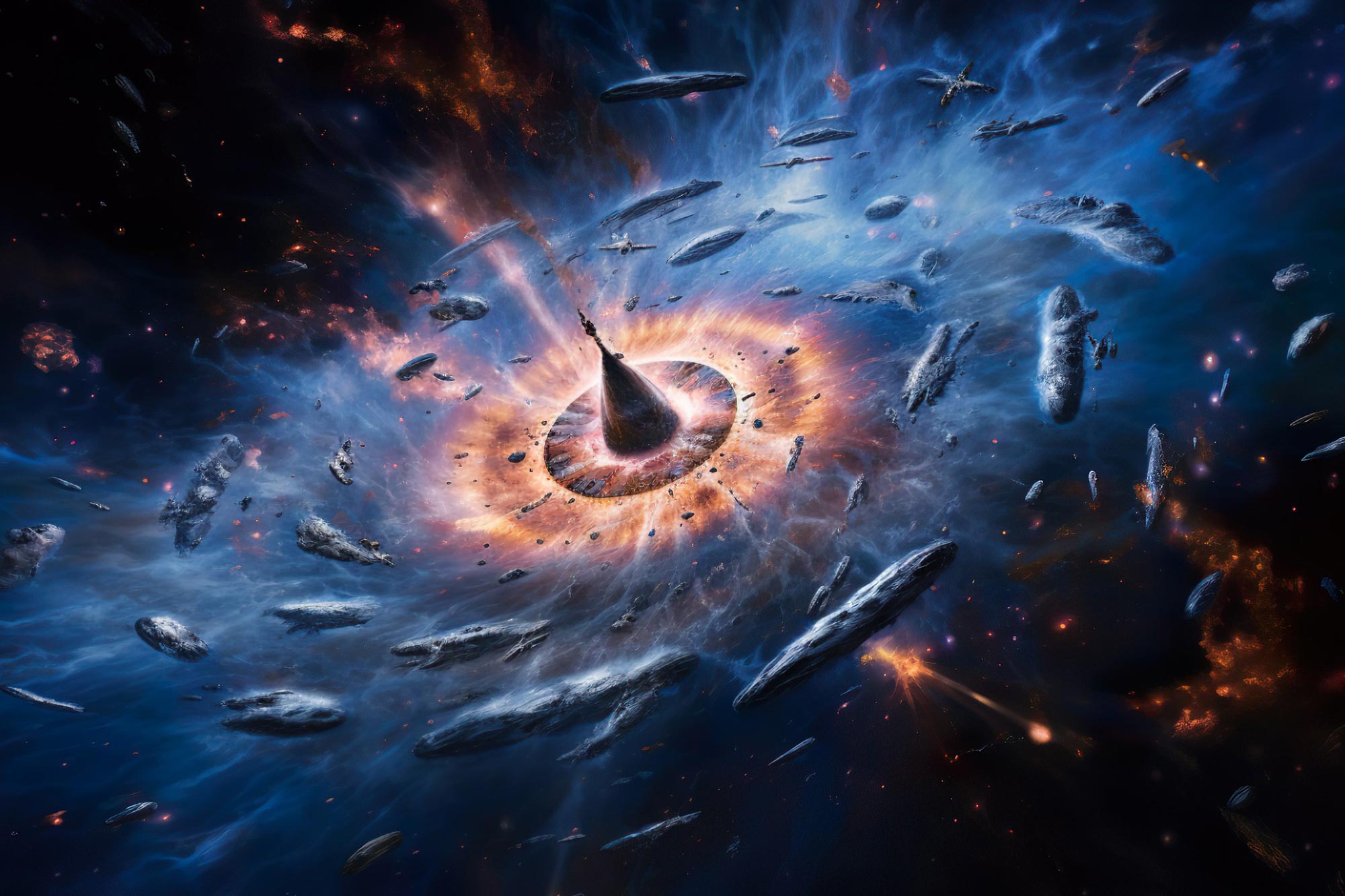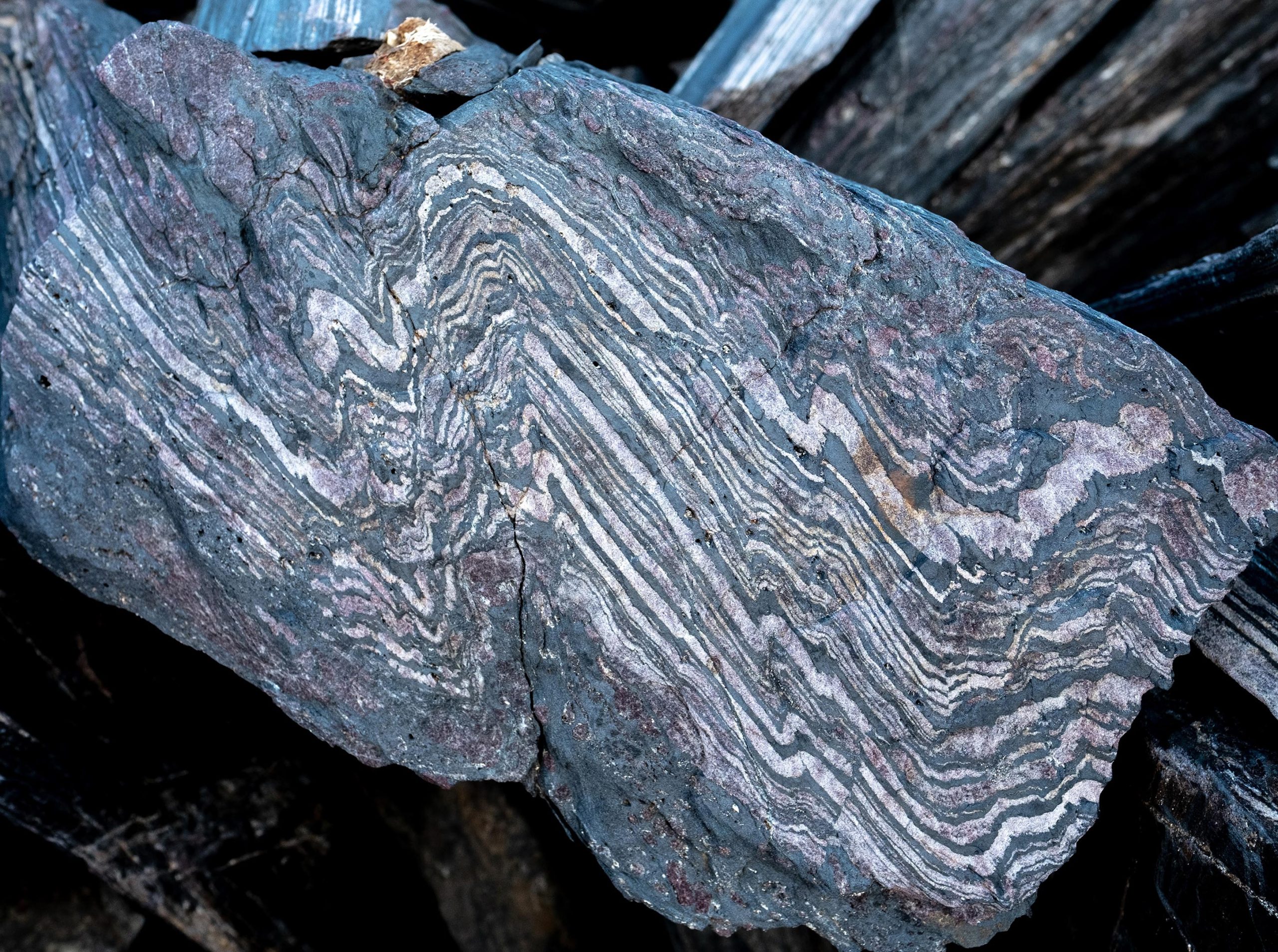
V průlomové studii vědci použili kvasary jako kosmické hodiny k pozorování raného vesmíru cestujícího extrémně zpomaleně, čímž potvrdili Einsteinovu teorii obecné relativity. Zkoumáním dat z téměř 200 kvasarů, supermasivních černých děr v centrech raných galaxií, tým zjistil, že čas plynul pětkrát pomaleji, když byl vesmír starý něco málo přes miliardu let.
Pozorovací data z téměř 200 kvasarů ukazují, že Einstein měl – opět – v otázce časové expanze vesmíru pravdu.
Vědci si poprvé všimli, že vesmír funguje extrémně zpomaleně, čímž odemkli jednu ze záhad Einsteinova rozpínavého vesmíru.
Einsteinova obecná teorie relativity znamená, že bychom měli pozorovat vzdálený – a tedy starověký – vesmír pracující mnohem pomaleji než dnes. Ohlédnutí se do té doby se však ukázalo jako nepolapitelné. Vědcům se nyní podařilo tuto záhadu vyřešit pomocí kvasarů jako „hodin“.
řekl vedoucí autor studie, profesor Geraint Lewis z University of Sydney’s School of Physics a Sydney Institute of Astronomy.
„Kdybyste byli venku, v tomto dětském vesmíru, jedna sekunda by vám připadala jako jedna sekunda – ale z naší polohy, více než 12 miliard let v budoucnosti, se zdá, že se tento čas zpožďuje.“
Výzkum byl zveřejněn 3. července přírodní astronomie.

Profesor Geraint Lewis působí v Sydney Institute of Astronomy na Fyzikální škole University of Sydney. Kredit: University of Sydney
Profesor Lewis a jeho spoluautor, Dr Brendon Brewer z University of Auckland, použili pozorovaná data z téměř 200 kvasarů – supermasivních černých děr v centrech raných galaxií – k analýze této časové dilatace.
„Díky Einsteinovi víme, že čas a prostor jsou propletené a od úsvitu času v singularitě velkého třesku se vesmír rozpíná,“ řekl profesor Lewis.
„Tato expanze vesmíru znamená, že naše pozorování raného vesmíru by se měla jevit jako mnohem pomalejší, než plyne dnešní čas.
„V tomto dokumentu to dokazujeme asi o miliardu let později[{“ attribute=““>Big Bang.”
Previously, astronomers have confirmed this slow-motion universe back to about half the age of the universe using supernovae – massive exploding stars – as ‘standard clocks’. But while supernovae are exceedingly bright, they are difficult to observe at the immense distances needed to peer into the early universe.
By observing quasars, this time horizon has been rolled back to just a tenth the age of the universe, confirming that the universe appears to speed up as it ages.
Professor Lewis said: “Where supernovae act like a single flash of light, making them easier to study, quasars are more complex, like an ongoing firework display.
“What we have done is unravel this firework display, showing that quasars, too, can be used as standard markers of time for the early universe.”
Professor Lewis worked with astro-statistician Dr. Brewer to examine details of 190 quasars observed over two decades. Combining the observations taken at different colors (or wavelengths) – green light, red light, and into the infrared – they were able to standardize the ‘ticking’ of each quasar. Through the application of Bayesian analysis, they found the expansion of the universe imprinted on each quasar’s ticking.
“With these exquisite data, we were able to chart the tick of the quasar clocks, revealing the influence of expanding space,” Professor Lewis said.
These results further confirm Einstein’s picture of an expanding universe but contrast earlier studies that had failed to identify the time dilation of distant quasars.
“These earlier studies led people to question whether quasars are truly cosmological objects, or even if the idea of expanding space is correct,” Professor Lewis said.
“With these new data and analysis, however, we’ve been able to find the elusive tick of the quasars and they behave just as Einstein’s relativity predicts,” he said.
Reference: “Detection of the cosmological time dilation of high-redshift quasars” by Geraint F. Lewis and Brendon J. Brewer, 3 July 2023, Nature Astronomy.
DOI: 10.1038/s41550-023-02029-2

„Hudební učenec. Spisovatel. Zlý slanina evangelista. Hrdý twitter narkoman. Myslitel. Milovník internetu. Jemně okouzlující hráč.“




